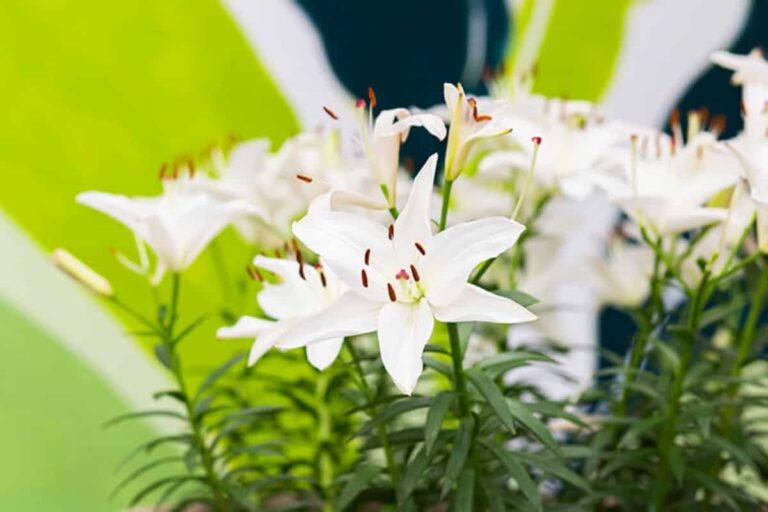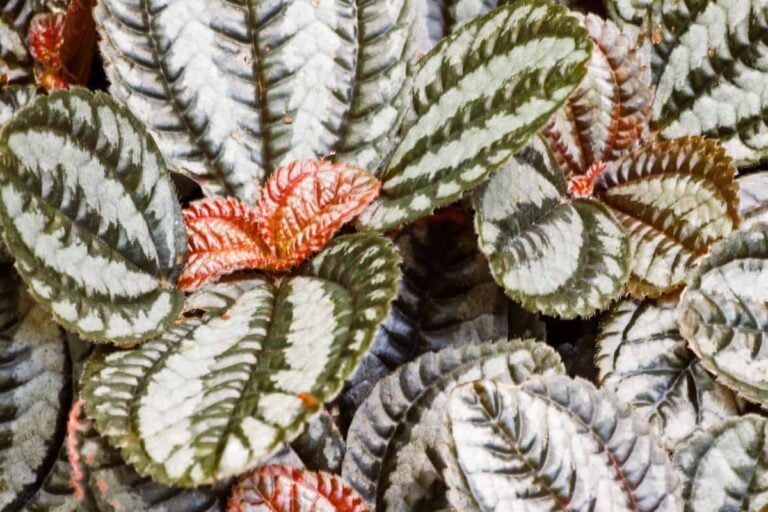Good Strategies for Maintaining Your Strelitzia Reginae
You probably won’t recognize the Strelitzia Reginae by its scientific name. However, it is one of the most iconic of tropical plants you’ll likely encounter. It is an eye-catching plant that is easy to grow. It’s a win-win situation. You give it the light and moisture it needs, and you’ll get a plant that will be a gorgeous centerpiece. Continue reading to learn more about this amazing plant.
What Is the Strelitzia Reginae?
You’ll likely know the Strelitzia reginae by its common name rather than its scientific one. The bird of paradise or crane flower is an appropriate name for this plant. It doesn’t take a stretch of the imagination to recognize its avian shape. It is part of the Strelitziaceae Family, one of the smallest of plant groups. The Strelitzia reginae is the most well-known member.
It is highly prized for its ornamental value. Its multi-colored flower head and blue-green foliage make it one of the beautiful plants you’ll likely encounter. The Strelitzia reginae is native to South Africa, yet can live in coastal areas where it has been introduced. It is a long-lived plant that is probably one of the most popular perennials worldwide. You’ll be in good company having it.
Planting Strelitzia Reginae
You can plant the Strelitzia reginae in your garden if you live in USDA Hardiness Zones 9 through 11. It can tolerate cooler temperatures as long as the ground doesn’t freeze. In the garden, it will act as a dramatic focal point. It can reach a height up to six foot tall. It isn’t a messy plant despite its size. With the right conditions, it’ll bloom all season long with flowers that are equally long-lived.
Care and Maintenance
You might think because of its flowers that it is a fragile plant. On the contrary, the Strelitzia reginae is easy to grow. And with the right care, you’ll see plenty of blooms all season long as a reward for your efforts. Even when it’s not in flower, the plant will still look stunning with its beautiful long leaves. It’s truly a gorgeous plant all around.
Light and Temperature
Plenty of bright indirect light will keep the Strelitzia reginae happy with plenty of blooms. It thrives best in partial shade to full sun. Avoid direct sunlight to prevent scorching its leaves. The same requirements for light apply to indoor plants too. They will need year-round light even inside. For temperatures, the Strelitzia reginae likes it warm in the 70 to 90-degree range.
Moisture Needs
The Strelitzia reginae does well with regular watering. You should keep the soil moist during the warmer months to prevent wilting. They will need plenty of water during the summer month. However, you should avoid over-watering to prevent root rot. During the cooler months, its growth will slow. You can cut back on watering during this time. Let the soil dry slightly between waterings.
Soil Conditions and Fertilizing
For as beautiful as the Strelitzia reginae is, it is not a fussy plant when it comes to soil. Any standard soil mixture will suit it just fine. You can add peat to the mix to increase its drainage capacity to keep its roots healthy. You can grow this plant in a container both indoors and outdoors. Because of its size, you’ll want to choose a heavier base to prevent it from tipping.
The Strelitzia reginae is a slow-growing plant that won’t produce its first bloom until it gets a few years old. To support its growth, you should fertilize it at least once a month for outdoor plants and twice a month for those in containers. And as with watering, you can cut back during the cooler months of the year when growing has slowed, and its needs aren’t as urgent.
This video from the University of Wyoming Extension offers some tips for making the most out of fertilizing your houseplants.
Fitting In
You should give careful thought to placement if you’re going to plant Strelitzia reginae outdoors to take advantage of what it can bring to your garden. It will play nice with other plants. The primary concern might be shading of other plants as it matures. However, it is mildly toxic to both people and pets. The fruits and seeds present the greatest risk of accidental ingestion.
On the positive side, the Strelitzia reginae is an excellent addition to the wildlife garden. It’ll attract bees and butterflies as well as birds who may enjoy its seeds. Speaking of seeds, you can allow its pods to dry and collect the seeds to propagate more plants. You can also grow them from tubers and offsets. Your friends and family will appreciate it as a gift.
Special Care Notes
The Strelitzia reginae isn’t a plant that will offer a major benefit to wildlife. It is a plant that people grow for its looks. Its flowers are so elegant whether you grow in in the garden or keep it as a houseplant. It’s a plant that is worthy of attention. You can use cuttings from your plant for bouquets and flower arrangements. It’s a great way to extend its value beyond the garden.
You can propagate the plant from seeds or cuttings. However, you’ll need to be patient. It’ll take a few years to get plants from seeds. Cutting the rhizome will cost you a season of blooms. But given its size and propensity to bloom, it is a minor tradeoff. We’ll settle for the beauty of a mature plant. For our part, it’s well worth it however long it takes.
The Strelitzia reginae isn’t your average houseplant. It is a stunning plant that will take your landscaping to the next level. As a houseplant, it is a wonderful addition to any room that will bring a bit of the warm tropics to your home. As an easy to grow plant, you’ll reap the benefits of this amazing plant for years to come.


